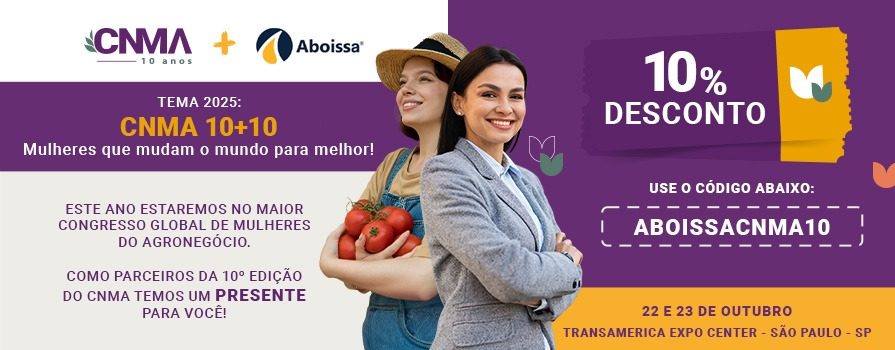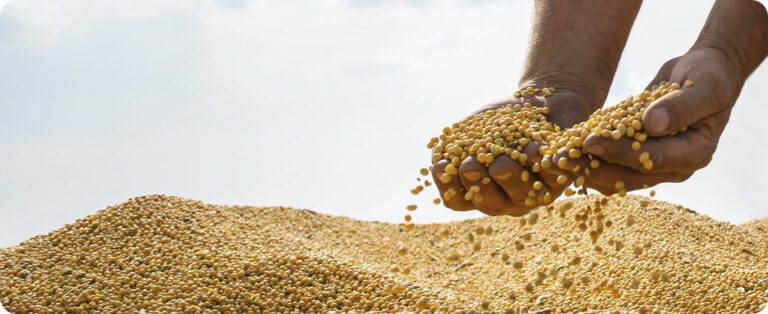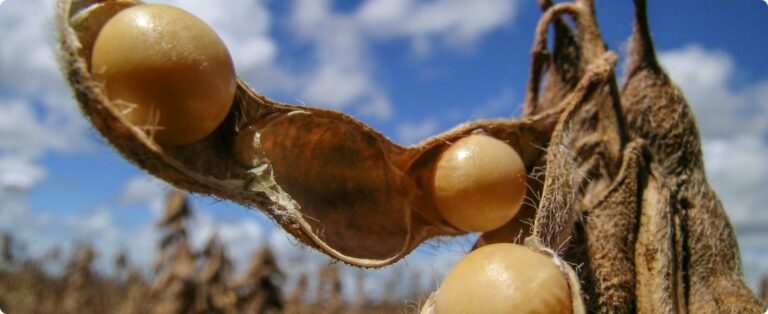How does Agro Brasil compete with its competitors? This question sparked an unprecedented study that compares Brazil's digital performance with 12 countries. “We discovered that Brazilian agribusiness communicates with a very low voice”, informs Flavio Azevedo, director of GIG. The conclusion was presented at the event 'Communication Strategies for Digital Media', an initiative of the Brazilian Association of Rural Marketing and Agribusiness (ABMRA), held in São Paulo.
“The objective of the research is to gather a large volume of information to help us work on an agribusiness image project both internally and internationally. Let's follow a path to define an effective strategy and take advantage of the good examples that already exist in the world”, highlighted Flávio in the lecture 'Digital World: How does Agro Brasil compete with its competitors?'.
For the expert, who is also director of ABMRA, in today's world there is no more accessible means of communication than the internet and this channel needs to be used to strengthen national agribusiness. “The research began at the Association. We carried out the investigation at the right time and were surprised by the results. The next step is to be effective and create a great project to enhance the Brazilian productive sector”, he highlighted.
More than 60 media, communications and marketing professionals and agribusiness entrepreneurs also attended the lecture 'The Digital World as an Agricultural Harvest', given by João Wady Cury, from Punch Interativa. In the presentation, the journalist and writer discussed the construction of communication with internet users and their forms of expression, in addition to sharing his experience, telling us a little about the conception of digital campaigns for large companies.
The way in which information is sown on social media and the harvesting of internet users' opinions were highlighted by the journalist. “If you plant good seeds at the right time, you will reap good things. We have to stop being naive. Nothing comes for free. It takes a lot of sweat and long-term work. Communication takes place over two or three years, analyzing the market and understanding its trends”, explained João Cury.















